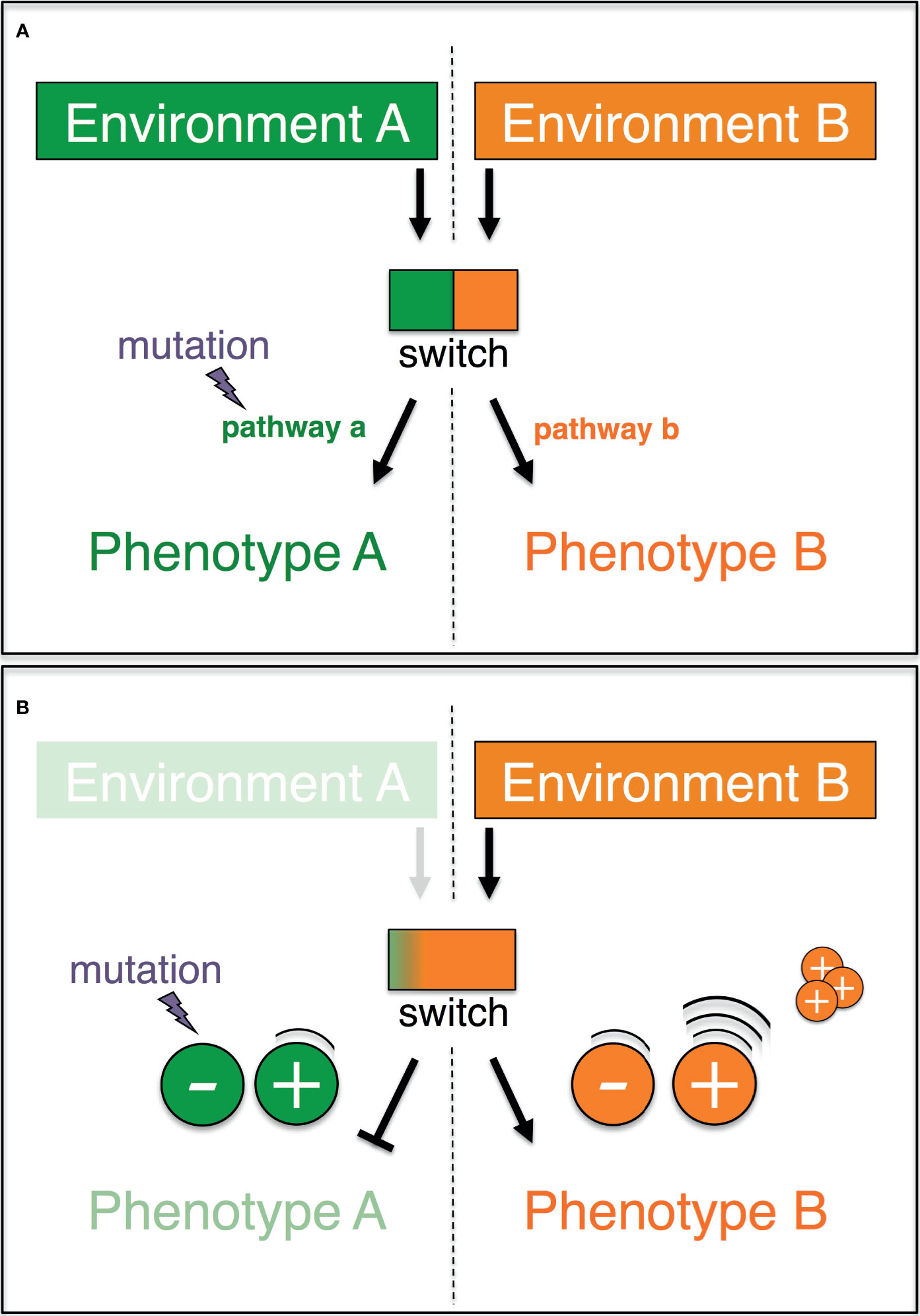


This study was not powered for clinical endpoints (i.e.Oxygen saturation Expressed as proportion of left ventricular mass = 12.6% vs 9.0% respectively.Prehospital ECG evidence of STEMI (STE of ≥0.1mV in 2 contiguous limb leads, or ≥0.2mV in 2 contiguous chest leads, or new LBBB).Individuals involved with the delivery of oxygen therapy pre-hospital and in-hospital were not blinded to treatment, but 6 month follow up coordinator and investigators undertaking data analysis were masked to treatment assignment.Conducted by Ambulance Victoria and 9 Metropolitan Hospitals inMelbourne, Australia.
OXYGEN NOT INCLUDED SURVIVAL VS NO SWEAT TRIAL
Multicenter, Prospective, Open Label, Randomized Trial.Compare supplemental oxygen therapy (face mask at 8 L/min) vs NO oxygen therapy in normoxic patients with STEMI (if O2 sat fell Despite this most patients with acute STEMI still have supplemental oxygen administered. Taking all this information together there is a lot of uncertainty over the utility of routine supplemental oxygen therapy in acute myocardial infarction with no clear recommendations in normoxic patients in the most recent American Heart Association (AHA) STEMI guidelines. Ultimately, there are no studies evaluating the effects of supplemental oxygen therapy involving STEMI patients who are undergoing percutaneous coronary intervention. This belief is based off lab studies and older clinical trials, but there have been other studies that suggest potential adverse physiologic effects of supplemental oxygen (i.e reduced coronary blood flow, increased coronary vascular resistance, and production of reactive oxygen species) causing vasoconstriction and reperfusion injury. The reason for this is the belief that supplemental oxygen will increase oxygen delivery to ischemic myocardium and help reduce myocardial injury. Circulation May 2015 PMID: 26002889īackground: The first report for supplemental oxygen for angina was in 1900, and since then oxygen therapy has been a commonly used treatment of patients with ST-Elevation Myocardial Infarction (STEMI). Air Versus Oxygen in ST-Segment Elevation Myocardial Infarction. What Specific Article Will We Be Covering? Question: Does the administration of supplemental oxygen benefit patients who are normoxic with ST-Elevation Myocardial Infarction (STEMI)? Topic #1: The AVOID Trial – Oxygen versus Room Air for STEMI


 0 kommentar(er)
0 kommentar(er)
